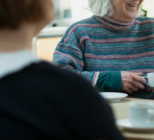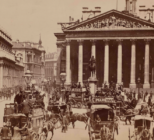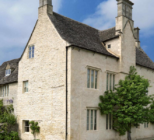The government is backing the creation of additional volunteering opportunities in museums, libraries and voluntary arts groups as part of plans to help those experiencing or at risk of chronic loneliness.
Funding will be provided to support volunteers and participants to take part in activities such as talking cafes, skills sharing sessions, arts and crafts groups and environmental conservation.
Around £3 million in government funding is being distributed by Arts Council England via partners Libraries Connected, Creative Lives and the Association of Independent Museums (AIM). AIM will support five projects in its first round of awards. It is hoped that the project will create 1,000 volunteering opportunities across libraries, museums and voluntary arts groups.
The volunteering opportunities are being backed as part of the government’s Know Your Neighbourhood Fund. Via the fund, Historic England has also distributed nearly £500,000 to support programmes being delivered on eleven high streets in Barnsley, Blackpool, Barrow, Burnley, Hull, Middlesbrough, Stalybridge, Wednesbury, Stoke, Great Yarmouth and Ramsgate.
A total of 350 volunteers will be supported to take part in cultural activities that “help people feel proud of where they live and connected to their local community, such as history-based volunteering workshops and drop-in meeting spaces for those experiencing loneliness,” said the Department of Culture Media and Sport.
Lisa Ollerhead, Director of AIM said: “Our AIM Connected Communities grant programme is dedicated to harnessing these opportunities for the betterment of underserved regions across England, inviting more people to engage with their local museums and form meaningful connections.
“As well as the grants, we look forward to museums participating in a capacity-building programme to empower and enhance the skills of their dedicated staff and volunteers, while also facilitating partnerships with local organisations. Our ultimate goal is to ensure that the projects funded by these grants have a lasting, positive impact within the museum and resonate throughout the broader community.”










